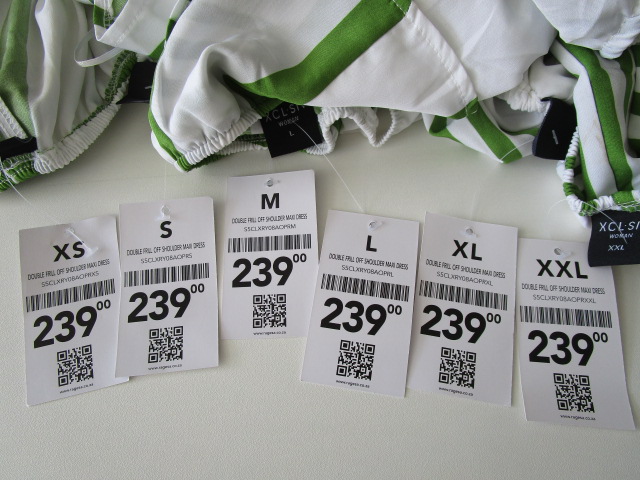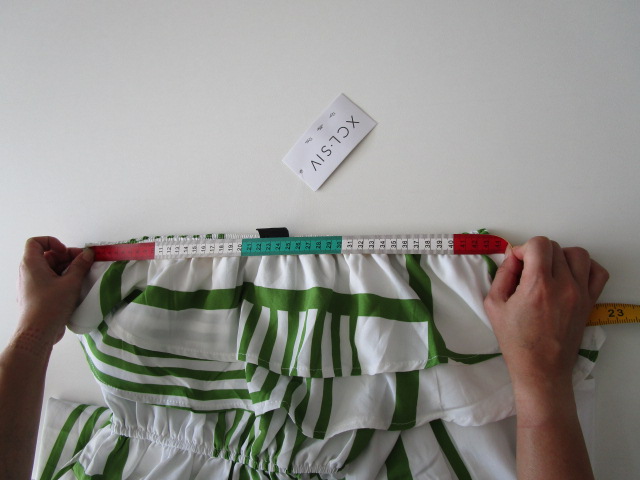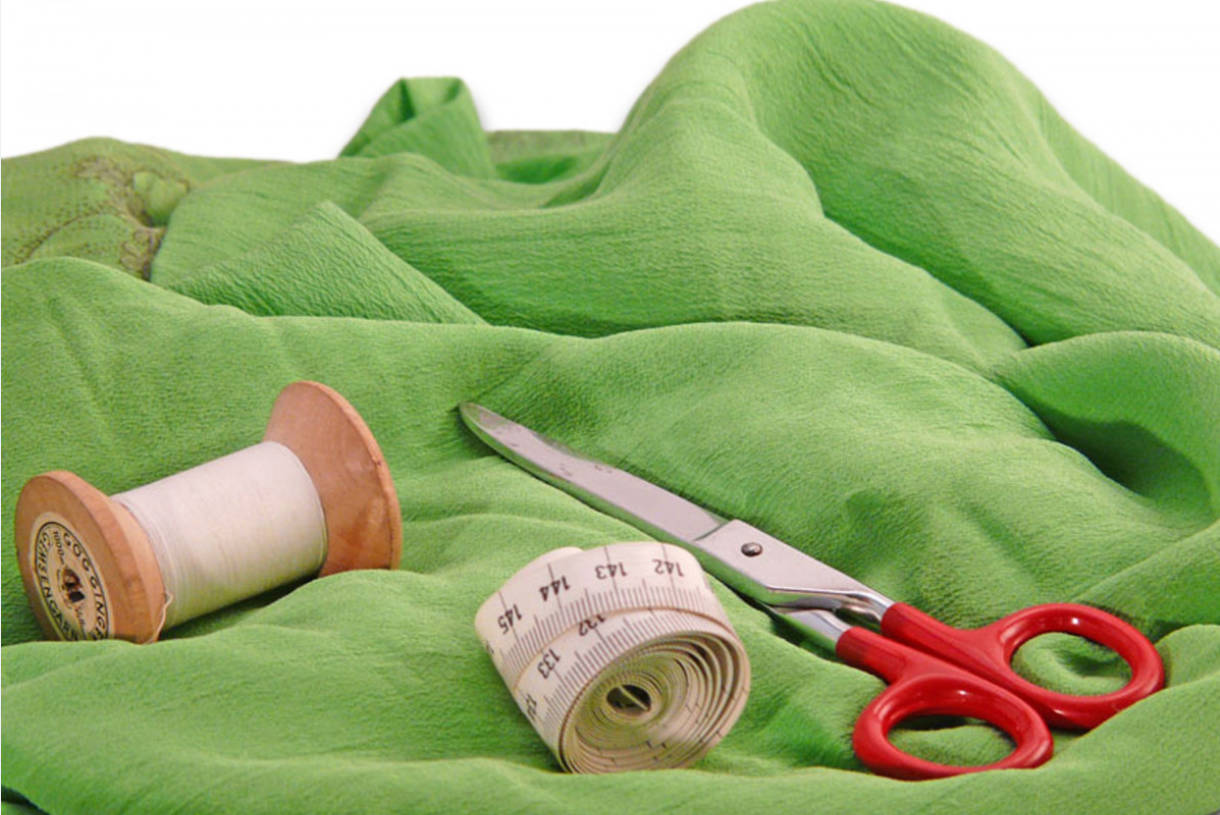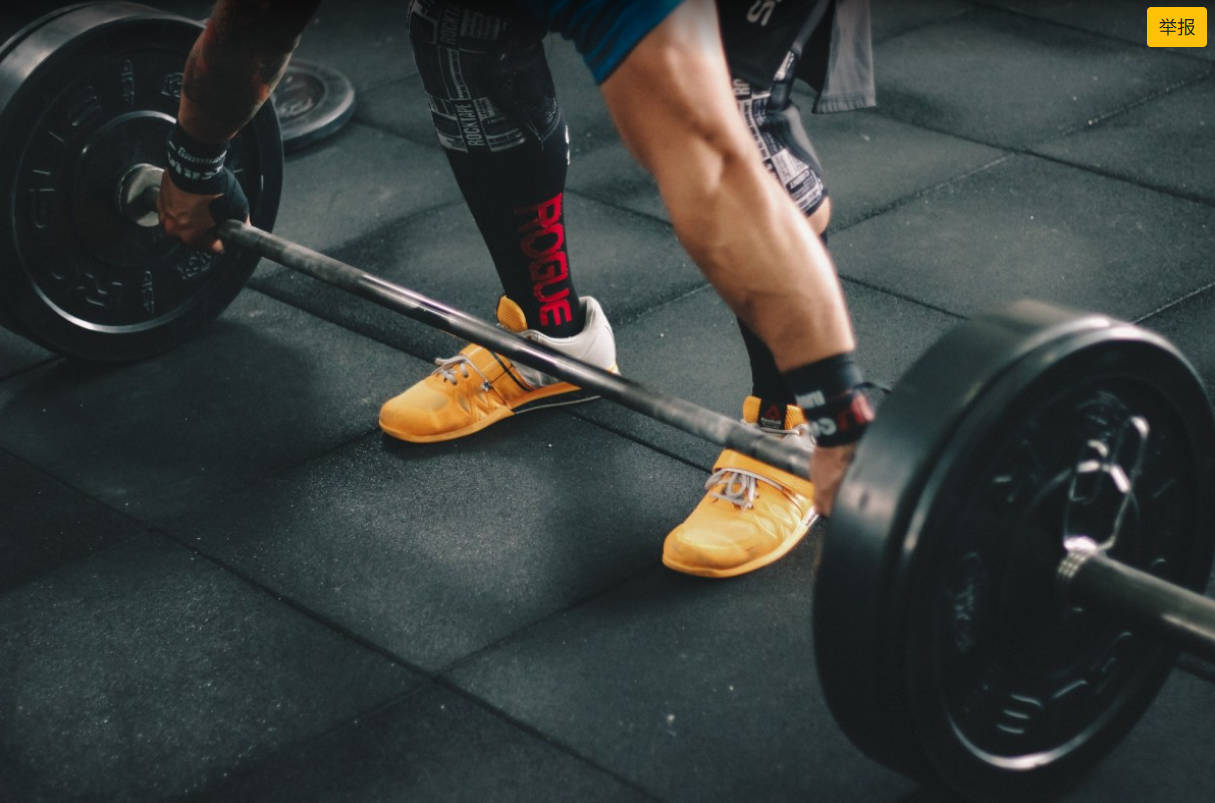In the apparel industry, size and fit are critical to customer satisfaction. A well-designed garment can lose its value if the measurements are inaccurate. That’s why garment inspection plays a vital role in quality control for clothing manufacturers and global buyers. By identifying which dimensions are most important, which are secondary, and which are minor, inspectors can prioritize their work and ensure reliable results.


Contents
Critical Dimensions in Garment Inspection
Critical dimensions are the most important measurements that determine whether a garment fits properly and can be worn comfortably. If these dimensions are outside the acceptable tolerance, the product may be considered defective.
Examples of critical dimensions include:
- Chest, waist, and hip circumference – Key indicators of fit.
- Total garment length – Dress length, shirt length, trouser length.
- Shoulder width – Ensures the garment sits correctly on the body.
- Sleeve length and armhole circumference – Critical for comfort and mobility.
- Neck or collar circumference – Too small causes discomfort, too large looks poor.
These dimensions should be measured with strict tolerances, often within ±1.5 cm for woven fabrics and ±2 cm for knitwear.
Secondary Dimensions in Garment Inspection
Secondary dimensions do not directly impact basic wearability but still influence comfort and overall appearance. If inaccurate, they can cause dissatisfaction or complaints.
Examples include:
- Front rise and back rise (trousers) – Affects comfort and shape.
- Hem or bottom opening width – Influences garment silhouette.
- Pocket placement – Impacts both function and appearance.
- Skirt flare or sweep – Affects style and drape.
Secondary dimensions usually allow slightly wider tolerances but must still be carefully controlled.
Minor Dimensions in Garment Inspection
Minor dimensions have little effect on functionality but are related to workmanship and consistency. Deviations here usually do not make the garment unwearable but may affect brand image.
Examples include:
- Button spacing or placket width
- Cuff width, fold depth, or seam allowance
- Label and logo placement
Inspectors should check these dimensions, but small deviations are typically acceptable if they do not affect overall quality.
How to Improve Measurement Accuracy in Garment Inspection
To enhance the effectiveness of garment inspection, improving measurement practices is essential:
- Use reliable tools – Calibrated measuring tapes, rulers, and flat measuring surfaces.
- Follow standard methods – Lay garments flat and measure according to international standards such as ASTM or DIN 40080.
- Train inspectors – Consistent training ensures all staff measure at the same reference points.
- Double-check critical dimensions – Repeat measurements to confirm accuracy on vital points like chest, length, and sleeve.
- Apply AQL sampling – Use acceptance sampling plans to decide how many garments to measure for each size.
- Record and analyze data – Keep detailed measurement charts and compare with the client’s specification sheet.
Conclusion
Accurate measurements are the backbone of quality control in the apparel industry. A structured garment inspection that distinguishes between critical, secondary, and minor dimensions helps brands maintain consistent sizing, reduce returns, and protect their reputation.
By improving measurement accuracy through standardized tools, proper training, and systematic checks, inspectors can ensure that every garment leaving the factory meets the required specifications and delivers the right fit for end customers.






